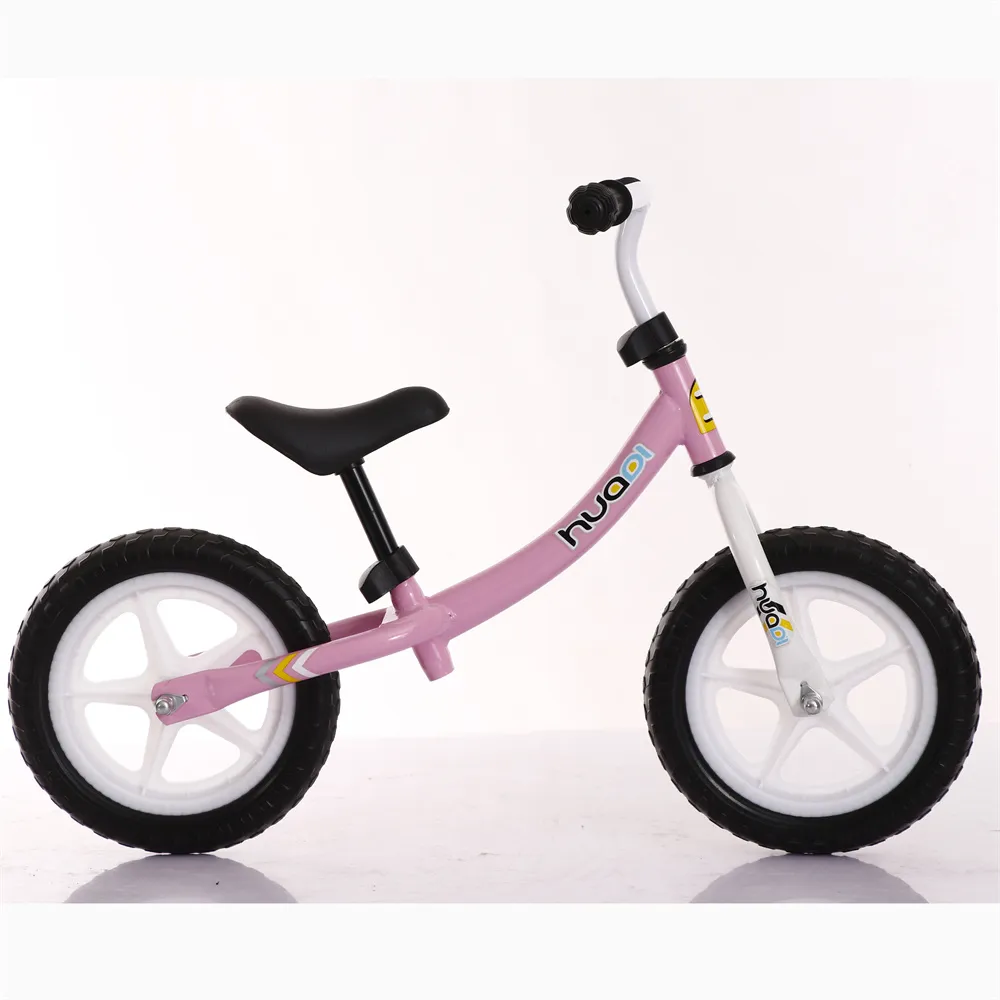types of mountain bike
Types of Mountain Bikes A Comprehensive Overview
Mountain biking is an exhilarating sport that allows riders to explore diverse terrains and experience nature in a unique way. With advances in technology and a growing variety of trails, the kinds of mountain bikes available today are tailored to meet specific riding styles and preferences. Understanding the different types of mountain bikes can help you make an informed decision when choosing the right bike for your adventures.
1. Cross Country (XC) Bikes
Cross country bikes are designed for speed and efficiency on both climbs and descents. These bikes are typically lightweight and feature a geometry that encourages optimal pedaling efficiency. Cross country riders often compete in races and enjoy long-distance rides on varied terrain. With 26-inch to 29-inch wheels, XC bikes provide a good balance between agility and stability, making them a popular choice among competitive riders. The suspension can vary from hardtail (front suspension only) to full suspension, depending on the rider's preferences and the technicality of the trails.
2. Trail Bikes
Trail bikes are the most versatile type of mountain bike, making them perfect for a wide range of riders and terrains. They are designed to handle both uphill climbs and technical descents with ease. Typically equipped with either 120mm to 150mm of suspension travel, trail bikes strike a balance between weight and comfort. These bikes often feature a relaxed geometry that helps provide stability on challenging trails and can usually accommodate larger tires for better grip. Whether you’re navigating a flowing singletrack or tackling rocky sections, trail bikes excel in handling the demands of diverse trails.
3. All-Mountain (Enduro) Bikes
types of mountain bike

All-mountain, or enduro bikes, are built for tough terrain and aggressive riding styles. They usually feature more suspension travel, ranging from 140mm to 180mm, allowing them to absorb the shocks of steep descents and technical features. The geometry of all-mountain bikes is optimized for descending, but they still allow enough pedaling efficiency for uphill climbs. These bikes are favored by riders who participate in enduro racing or who simply enjoy tackling rugged trails. With durable construction and robust components, all-mountain bikes are designed to withstand the rigors of rough riding.
4. Downhill Bikes
Downhill bikes are specifically designed for steep descents and technical downhill trails. They feature long suspension travel, typically between 180mm to 220mm, providing exceptional shock absorption during aggressive rides. The geometry of downhill bikes is heavily focused on stability, with a low center of gravity to enhance control when navigating rocky terrain and jumps. These bikes are not meant for climbing; instead, they are built for racing downhills at high speeds. Because of their design, downhill bikes are often heavier than other types and usually come equipped with features that can handle extreme conditions.
5. Fat Bikes
Fat bikes have gained popularity for their oversized tires, allowing riders to tackle snow, sand, and other soft terrains where traditional bikes might struggle. With tire widths of 3.8 inches or more, fat bikes provide remarkable stability and traction, making them ideal for winter riding or beach excursions. Typically equipped with either hardtail or full suspension setups, these bikes are versatile enough for various adventures while still offering a unique riding experience.
Conclusion
Choosing the right mountain bike ultimately depends on your riding style, the type of terrain you plan to explore, and your personal preferences. Whether you’re interested in competitive racing, leisurely rides, or adventurous downhill trails, there is a mountain bike tailored to enhance your experience. As you consider the options, think about the features that matter most to you, and don’t hesitate to test ride a few models to find your perfect match. With the right bike, your mountain biking adventures can be truly unforgettable.
-
kids-scooter-tiny-olympic-games-scooterathlonNewsAug.22,2025
-
kids-scooter-waves-xingtai-zhongzhous-global-rippleNewsAug.22,2025
-
baby-tricycle-oem-legacy-zhongzhou-forgedNewsAug.22,2025
-
xingtais-twin-tricycle-revolution-siblings-ride-togetherNewsAug.22,2025
-
baby-tricycle-design-inspired-by-ancient-armorNewsAug.22,2025
-
nfc-chip-enabled-oem-baby-tricycle-trackingNewsAug.22,2025
-
The Perfect Baby TricycleNewsAug.11,2025








